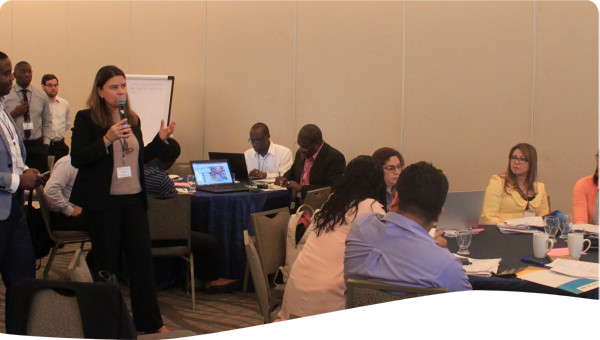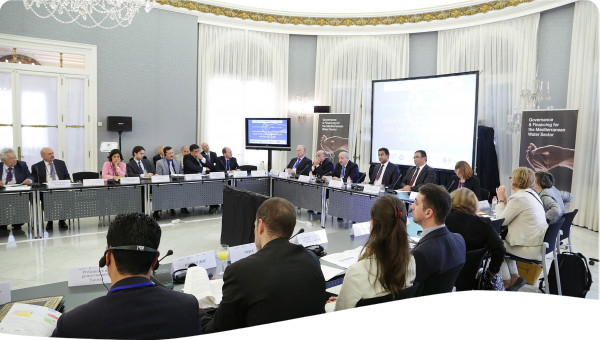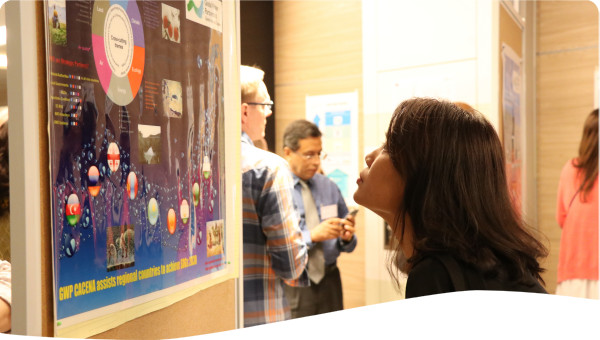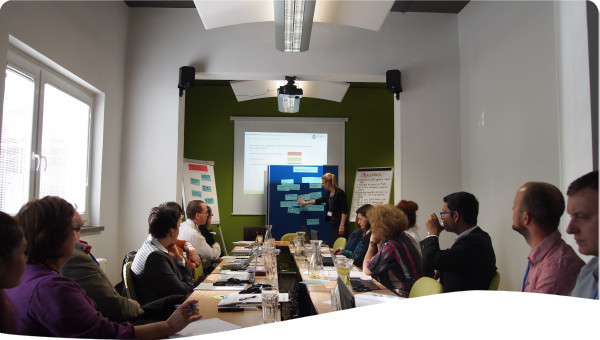Poor domestic and international coordination between South Africa, Swaziland and Mozambique has led to conflicts over the water utilisation of the Komati River basin. Despite these challenges, action has been taken to strengthen the institutional and legislative framework. These actions demonstrate that in the contexts involving transboundary water resources, a strong institutional framework can promote political and economic cooperation between riparian states.
The Komati River Basin (14,000 km2) is a shared river basin between South Africa, Swaziland and Mozambique. It forms part of the Incomati River Basin. The Komati River supplies water for several uses in the three countries including water for irrigation, domestic use, and industrial purposes and energy production (thermal and hydropower).
The growing demand for water was not coordinated between the countries and also not within the countries themselves. This has lead to conflict between the countries and water users.
These conflicts were exasperated by political instability in the region. Legal and institutional frameworks to mitigate the conflicts were very weak. Frequent droughts in the region also exasperated the conflicts. Floods caused massive economic damage as well as loss of life because of lack of coordination and cooperation. Alien invasive weeds (terrestrial and aquatic) also caused massive economic losses to the Komati catchment.
The different levels of development between the countries meant that poorer countries were unable to raise the necessary funds to develop their water resources. This resulted in disproportionate levels of development that increased resentment between the countries. Foreign funding for water resources development was difficult to come due to the conflicts.
The droughts of 1981 convinced the countries to hold formal discussions on how to cooperate on water resources issues. These meetings could only be held at technical level rather than political one.
By 1983, the Tripartite Permanent Technical Committee (TPTC) was formally established to discuss matters pertaining the water resources of common interest to the three countries. At the same time, Joint Permanent Technical Committees (JPTC) were formed between each of the countries to deal with water resources of common interest to any two of the countries. In 1992 the JPTC between Swaziland and South Africa was converted to the Joint Water Commission (JWC) through the signing of the Joint Water Commission Treaty. The TPTC, JPTC and JWC are chaired by the heads of Departments for Water on a rotational basis. They comprise of at least three members from each country and each country can co-opt several advisors from various Departments in the country. This promoted inter-sectoral governance. Formal meetings are held at least two times a year or as frequent as required. Funding for attending the meetings is covered in each countries budget.
In 1992 South Africa and Swaziland signed the Treaty on the Development and Utilisation of the Water Resources of the Komati River Basin that paved the way for the Komati River Basin Development Project, a joint project between the two countries. Mozambique who was experiencing civil war at the time gave consent to the Project (Pigg’s Peak Agreement).
In 1998, the Southern Africa Development Community (SADC) signed the SADC Protocol on shared watercourses, calling for cooperation between riparian states on shared watercourses and the formation of watercourse institutions to facilitate cooperation between riparian states.
In 2002, the three countries signed the Interim Inco-Maputo Agreement. This process brought about coordinated water resources management and development in the Komati River Basin. Information was shared in these forums on water resources development plans and assessments, and information on floods and droughts as well as water resources monitoring. An example of this cooperation was seen during the 2000 floods that devastated Mozambique.
South Africa was very instrumental in assisting flood victims. Cooperation between the countries also made it easier for the countries to obtain funding for joint water resources development projects and programs.
In 2002, TPTC established the Incomati Systems Operation Task Group (ISOTG) to formulate operating rules for the Incomati River System. In their recommendation, ISOTG took the concept of inter-sectoral governance to the local level. It recommended the formation of the Komati Joint Operations Forum (KJOF) as a forum comprised of users in the Komati River Basin to advise the Komati Basin Water Authority (KOBWA) that manages the Komati River on the operational aspects of water resources management.
This case illustrates how transboundary cooperation can bring about peace and cooperation at transboundary, national and catchment levels. It brings together stakeholders in conflict with each other due to diverse interests and result in projects which serve both socio-economic and environmental interests of all. The SADC Protocol on Shared Watercourses calls for similar institutions in the SADC region.
The institutional setup for managing the Komati River Basin is the key to solving water resources issues between the riparian states. An important component of the institutional setup is the water user stakeholders, which are involved in all stages of the decision-making process. A network of monitoring stations and decision support systems that promote transparency and trust between water users as well as the Governments involved backs the institutional setup. The regular meetings held in the forums created have promoted mutual trust between members. This has resulted in better information transfer on water resources data such as river flow as well as water quality data. Outbreaks of diseases from one section of the basin are reported timeously to all parties to ensure that measures are put in place to control their spread. The model provided by the Komati River Basin can go a long way in providing a solution to the global challenge for water. The important thing is to have the political will and to start small with simple steps such as establishing common water resource databases and monitoring activities. These assist in creating other information exchange platforms, transparency and understanding. It is important to consider the establishment of institutions that are considered neutral in the process – such as KOBWA in the case of the Komati River basin. However, such an institution must truly be independent and neutral in its operation.
A strong institutional and legislative framework at all levels of water resources management particularly on Transboundary Rivers is vital as it:
1) Promotes political and economic cooperation between riparian states;
2) Promotes transparency and create trust, and peace between riparian states and their users;
3) Improves strategies for managing extreme events (droughts/floods, alien invasive plants, pollution);
4) Improves possibilities of attracting funding for water projects;
5) Promotes capacity building and skills transfer.
 Case studies
Case studies



